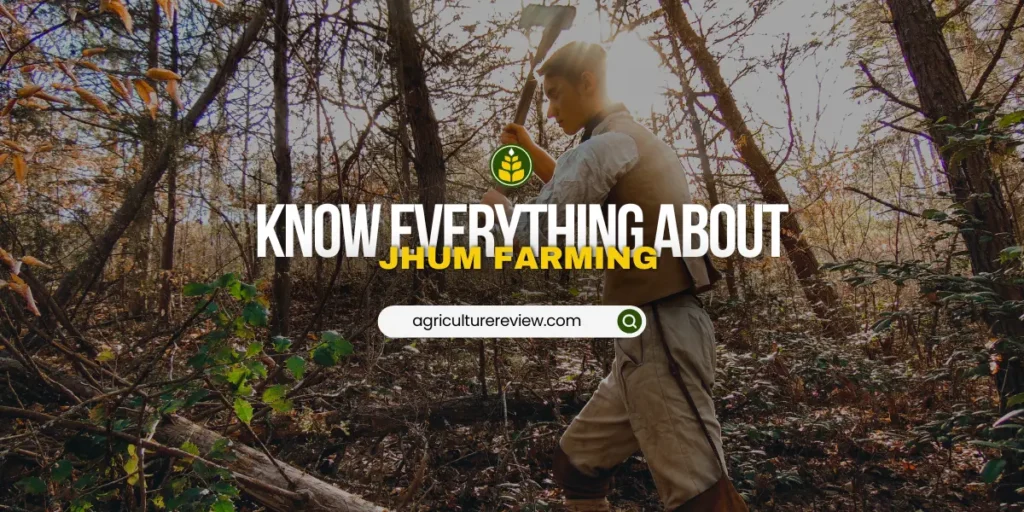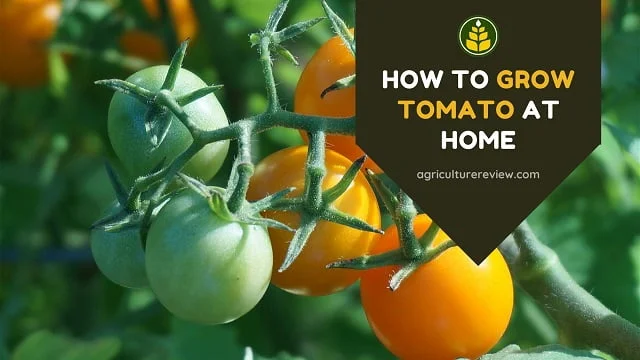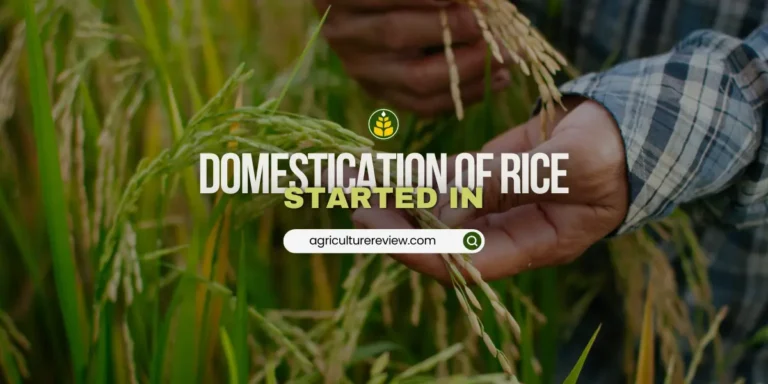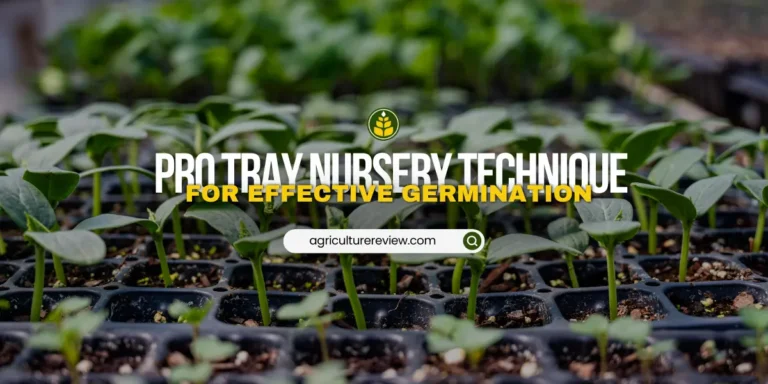Jhum farming also known as Jhoom or Jhum cultivation is a local name for slash and burn farming (Shifting Cultivation) in the north-eastern states of India such as Assam, Manipur, Mizoram, Nagaland, etc. and in the districts of Bangladesh like Khagrachari and Sylhet. In this agricultural system, farmers clear a piece of land in the forest, burn the vegetation and then plant native crops. When the soil fertility declines, farmers migrate in search of new land where they repeat this process.

In the meanwhile natural vegetation regrows where crops were cultivated earlier and left fallow. Once the natural vegetation regrows to the desired height and density, farmers again return to the old land, cut and burn the vegetation and then replant crops. This way they maintain soil health and sustainability. Ash from burned vegetation that contains potassium, phosphorus, and magnesium acts as a source of organic fertilizer for plants.
However, jhum farming has some major drawbacks. In the long run, due to continuous disturbance to the local vegetation, soil erosion can occur. The productivity also remains low in the jhum cultivation system, therefore it is not useful to feed a larger population. Regular cutting of trees also causes deforestation and the burning of vegetation leads to the release of Carbon Dioxide which is a greenhouse gas into the atmosphere.
If you have any queries, ideas or suggestions, then please comment below. You can also connect with Agriculture Review on Facebook, Instagram, Koo and WhatsApp Messenger.





